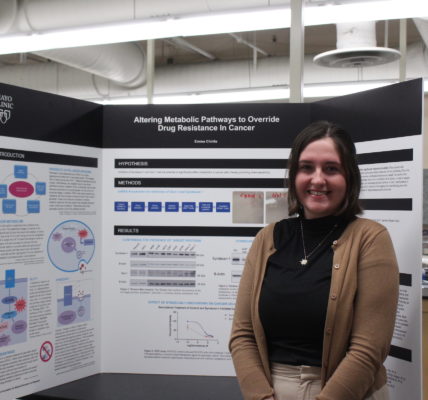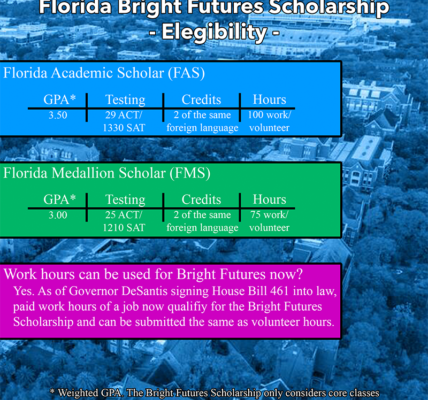As most have heard, climate change seems to be the source of all environmental problems the world is facing. According to whatsyourimpact.org, climate change is when the average long-term weather patterns of a region are altered for an extended period of time, typically decades or longer.
Along with this, there has been speculation of climate change not being real. Only 69 percent of Americans believe global warming is happening, as stated in Yale’s Program on Climate Change Communication. It is a known fact that the planet cycles through phases of cooling and warming. A scientist from Nasa says that “Just in the last 650,000 years there have been several cycles of glacial advance and retreat, with the abrupt end of the last ice age about 11,700 years ago marking the beginning of the modern climate era – and of human civilization.” The argument is not about the phenomenon of climate change, but about human’s role in its current accelerated pace. Recently, scientists have noticed the disappearance of several ice caps, glaciers, and ice shelves in this century. According to the National Snow and Ice Data Center, scientists suggest that they may vanish within a matter of decades.
As explained at whatsyourimpact.org, Climate change is caused by changes in the total amount of energy that is kept within the Earth’s atmosphere. This change in energy is then spread out around the globe, mainly by ocean currents as well as wind and weather patterns affecting the climates of different regions. But many people look out the window and see snow or experience frigid temperatures and say, “What global warming?” But weather refers to the short-term changes in the atmosphere while climate is what the weather is like over a long period of time in a specific area, as stated in the National Oceanic and Atmospheric Administration.
One of the reasons some don’t seem to have an interest in climate change is because they feel it doesn’t directly impact them. However, it is currently affecting the coastal cities more than researchers ever thought. According to The New York Times, rising seas could affect three times more people by 2050 than previously thought, which would erase some of the world’s greatest coastal cities. This is how climate change happens: when sunlight reaches Earth’s surface, it can either be reflected back into space or absorbed by Earth. Once absorbed, the planet releases some of the energy back into the atmosphere as heat (also called infrared radiation). Greenhouse gases like water vapor (H2O), carbon dioxide (CO2), and methane (CH4) absorb energy, slowing or preventing the loss of heat to space. In this way, GHGs act like a blanket, making Earth warmer than it would otherwise be. This process is commonly known as the “greenhouse effect,” according to the United Sates Environmental Protection Agency website. Most of these gases are emitted into the atmosphere through the burning of fossil fuels and agricultural activities. As stated at edf.org, humans are the main cause.





